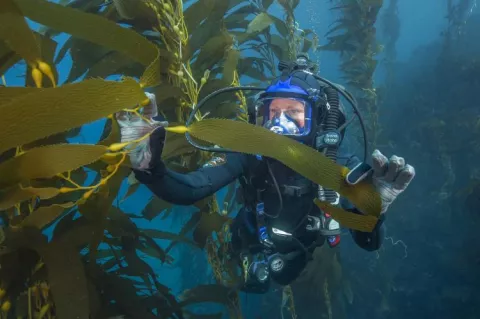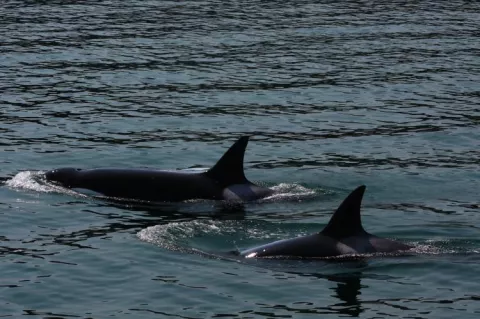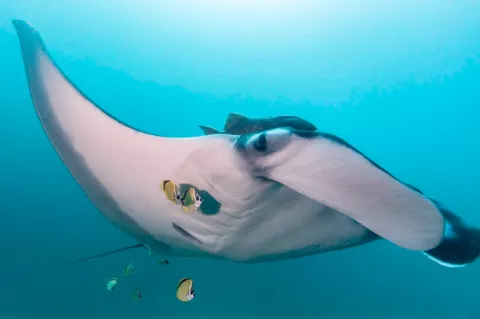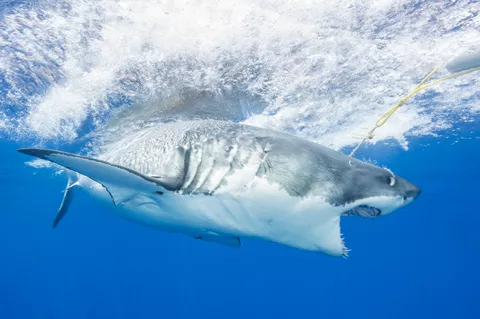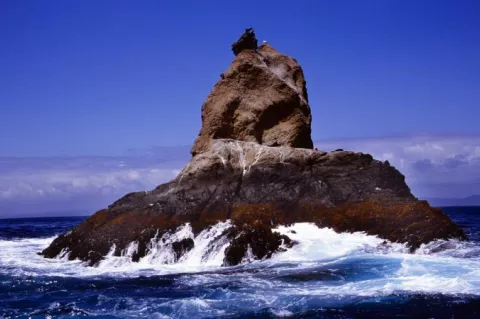Orcas Are Possibly Two Distinct Species
Orcas have long been considered a single global species, with different forms in different regions, known as “ecotypes.”
However, scientists have long recognised the differences between resident and transient orcas, known as Bigg's killer whales, in the North Pacific. Resident orcas maintain close-knit family pods and prey on salmon and other marine fish, while Bigg’s orcas roam in smaller groups and hunt other marine mammals such as seals and whales.



